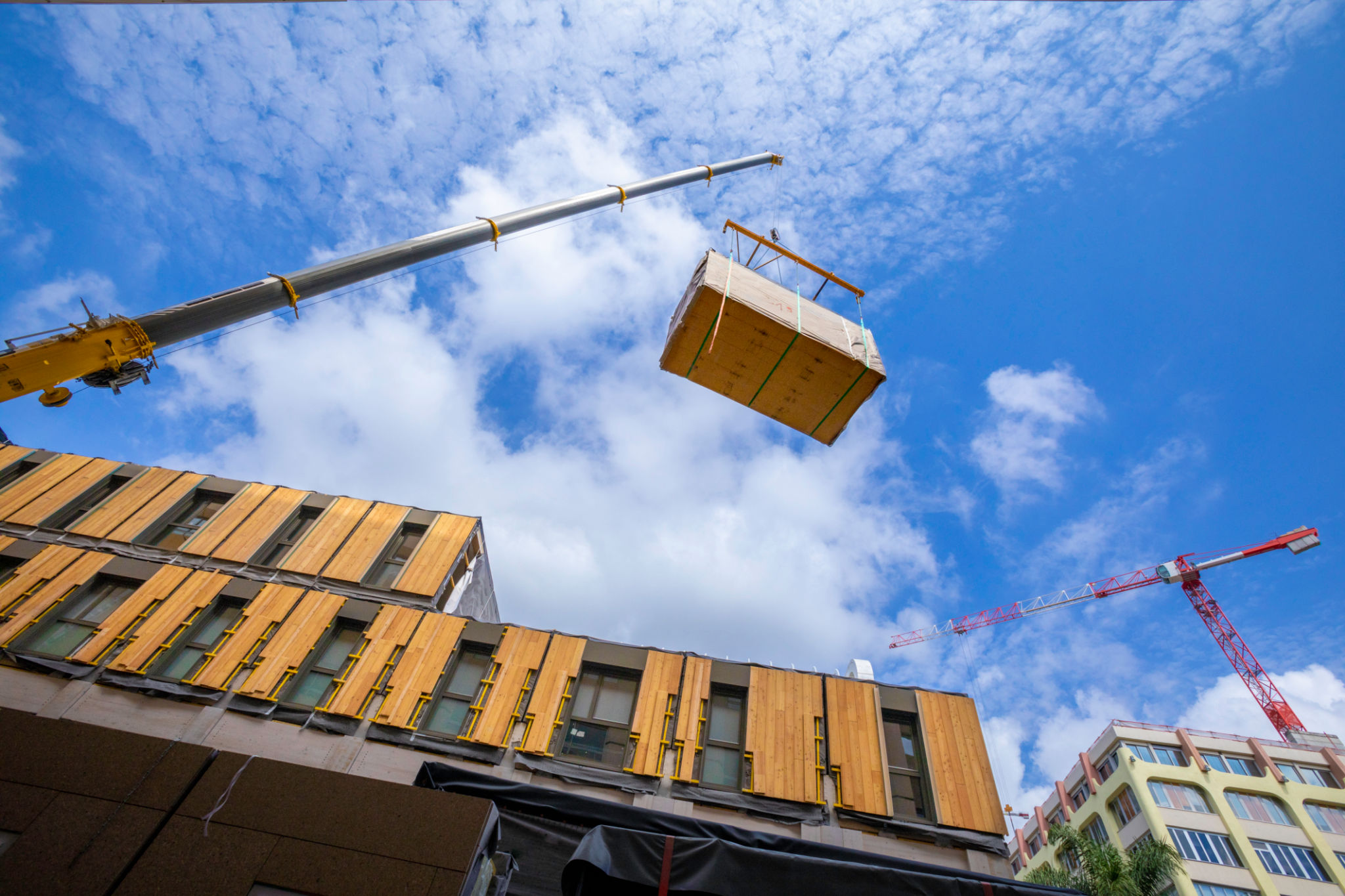Expert Insights: Innovations in Residential Construction You Should Know
Revolutionizing Materials in Residential Construction
In recent years, the construction industry has witnessed significant advancements in the materials used for residential buildings. From sustainable options to highly durable alternatives, these innovations are set to redefine how homes are built and maintained. One such material making waves is cross-laminated timber (CLT). Known for its strength and sustainability, CLT is becoming a popular choice for eco-friendly construction projects around the globe.
Another material gaining traction is self-healing concrete. This innovative material incorporates bacteria that produce limestone when exposed to water, effectively healing cracks as they form. This advancement not only extends the lifespan of concrete structures but also reduces maintenance costs over time.
Additionally, 3D printed materials are beginning to make their mark in residential construction. With the ability to produce complex structures efficiently and affordably, 3D printing is poised to transform traditional building methods.

Smart Homes and Automation
The integration of smart technologies in residential construction is another area experiencing rapid growth. Smart homes equipped with automation systems offer enhanced convenience, security, and energy efficiency. Homeowners can now control lighting, heating, and even security systems remotely via their smartphones or voice-activated devices.
Moreover, smart thermostats and energy management systems allow for unparalleled control over energy consumption. These systems learn from homeowners' habits, optimizing heating and cooling processes to save both energy and money.

Modular Construction: Speed and Efficiency
Modular construction is gaining popularity due to its ability to significantly reduce building time and costs. In this approach, large sections of a building are constructed off-site and then assembled on-site. This method not only speeds up the construction process but also minimizes waste, making it an environmentally friendly choice.
Furthermore, modular construction offers flexibility in design, allowing for easy customization to meet specific needs or preferences. As the demand for faster, more efficient building solutions grows, modular construction is expected to become a staple in residential projects.

Sustainable Design and Green Building
As environmental concerns continue to rise, sustainable design and green building practices are becoming integral to residential construction. Innovations such as green roofs, solar panels, and rainwater harvesting systems are being incorporated into new home designs to reduce environmental impact.
Additionally, passive house design principles are gaining popularity. These include features like superior insulation, airtight construction, and advanced window technology to minimize energy use while maximizing natural light and ventilation.

Advanced Insulation and Energy Efficiency
Insulation technology has seen remarkable advancements aimed at improving energy efficiency in homes. High-performance insulation materials such as aerogels and vacuum-insulated panels offer superior thermal performance compared to traditional options.
These advancements not only help reduce energy costs but also contribute to a more comfortable living environment by maintaining consistent indoor temperatures year-round.
As the push for energy-efficient homes continues, these innovative insulation solutions are expected to become standard features in residential construction.

